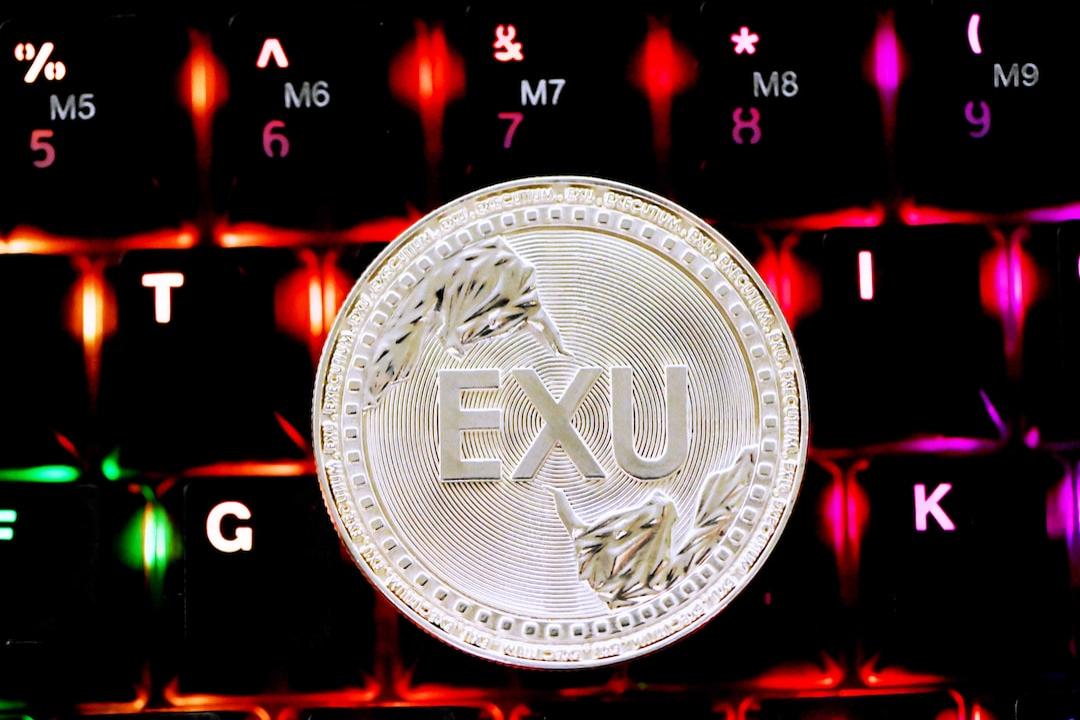This article is the 6th installment of the On-chain Data Classroom series, with a total of 10 articles. Articles 6 to 8 will be a part of the Cointime Price series, which advances significantly compared to the first five articles. For readers who are encountering the “On-chain Data Classroom series” for the first time and wish to learn about on-chain analysis, it is recommended to start with the first five articles.
(Previous installment: On-chain Data Classroom (I): Do you know what the average cost of BTC across the entire market is?)
(Background supplement: On-chain Data Classroom (II): What is the cost of Hodlers, who always make a profit, when they buy BTC?)
TLDR
- The Cointime Price series will be divided into three articles, and this is the first one.
- This article will introduce the fundamental principles and bottom-fishing applications of Cointime Price.
- Cointime Price is a novel and efficient pricing method for BTC.
- It is stricter compared to Realized Price and more sensitive compared to LTH-RP.
Introduction to Cointime Price
The concept of Cointime Price originated on 2023/08/23, presented in the “Cointime Economics” produced in collaboration between Ark Invest and Glassnode. The calculation logic of Cointime Price is relatively complex; this article will attempt to convey it in a straightforward manner.

Cointime Price is a pricing model designed specifically for the unique UTXO structure of BTC. In this article, I intend to skip the complex calculation process and directly introduce the underlying principles. Simply put, since BTC itself is a blockchain, whether it is block production or transaction transfers, there is a verification process.
Unlike traditional on-chain pricing methods, Cointime Price adopts a “time-weighted” approach:

As shown in the figure above, the green line represents Cointime Price, and the calculation formula is illustrated.
Three concepts are involved:
- Coin Blocks Created (CBC)
In block n, CBC = the circulating supply of BTC at that time. - Coin Blocks Destroyed (CBD)
When a corresponding amount of BTC is transferred, it is considered destroyed. Multiply the transferred amount of BTC by the time held (the number of blocks passed before the transfer) to obtain CBD. Here, CBD can be interpreted as “the time-weighted amount of BTC.” - Coin Blocks Stored (CBS)
CBS = Total CBC – Total CBD, which can be understood as “the time-weighted amount of BTC that has not been spent.”
In the above figure, the numerator of the formula sums up each CBD generated during transfers, multiplied by the corresponding amount. From the above, we can derive three characteristics of Cointime Price:
- Due to the time-weighted design, when long-term holders transfer (distribute) a large amount, the rate of change in Cointime Price increases.
- As trading involves buying and selling, from the buyer’s perspective, the numerator in the formula can also be seen as the total “time-weighted expenditure” currently in the market; dividing this value by CBS yields the “average cost of market chips after time-weighted processing.”
- Since CBD considers transfer behavior, no transfer means no CBD will be generated, effectively eliminating the impact of lost chips from ancient times.
Comparison with LTH-RP
In previous articles, I introduced LTH-RP, which simply represents the average cost of BTC purchased by long-term holders. Since Glassnode defines LTH as “chips held for > 155 days,” it can only provide a relatively rough definition for “long-term.” In contrast, Cointime Price directly considers “how long the chips were held when the transfer behavior occurred,” thus providing a more precise and sensitive representation compared to LTH-RP.

As shown in the figure above: every time a main upward wave arrives, Cointime Price can always respond a step ahead of LTH-RP, and it can more immediately indicate the emergence of distribution behavior. Therefore, I personally prefer using Cointime Price for market analysis.
Bottom-Fishing Applications
As mentioned earlier, Cointime Price offers a fair pricing for BTC through a time-weighted approach. Consequently, when the market price falls below Cointime Price, it indicates that the market price is lower than the true value of BTC, which usually presents a good bottom-fishing opportunity. In the figure below, I have marked the historical points where BTC prices were below Cointime Price, showing that these correspond to good entry opportunities.

Conclusion
This concludes the content of On-chain Data Classroom (VI). There will be two more articles with detailed teachings on Cointime Price. Readers interested in further learning about on-chain data analysis should be sure to follow this series! If you wish to see more analysis and teaching content on on-chain data, feel free to follow my Twitter (X) account!
I hope this article has been helpful to you. Thank you for reading.

